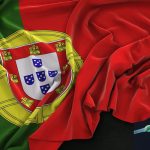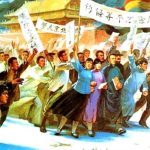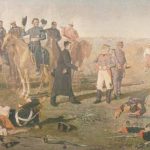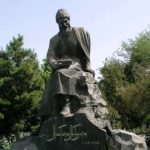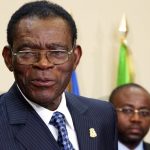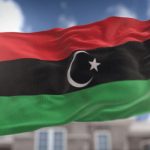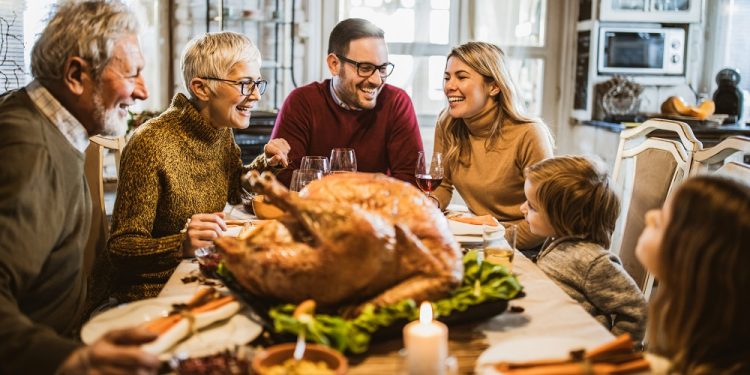
Thanksgiving
For as long as written records have existed, there have been accounts of cultures celebrating the planting and harvest seasons. In this sense, Thanksgiving is an ancient holiday, as the purpose of these celebrations was to express gratitude for a plentiful harvest.
There is evidence supporting that these types of festivals have taken place in many parts of the world for hundreds, if not thousands, of years. In the United States, there is debate as to when and where the first Thanksgiving was held.
The Pilgrims and the First Thanksgiving
One Thanksgiving, however, stands out over the rest in the minds of the people of the United States. The significance of this particular Thanksgiving doesn’t lie in when it occurred, or whether it occurred first, second, or so on, but rather in the harsh situation that faced the people involved.
The Thanksgiving at Plymouth Rock – In September of 1620, a ship called the Mayflower left the town of Plymouth, England, and headed toward the New World. When the ship departed, there were 102 passengers on board.
Some of the passengers were seeking religious freedom. These individuals are now referred to as Pilgrims, but at the time they were known as Separatists. The targeted landing area of the ship was originally the Virginia settlement, but weather conditions prevented the Mayflower from ever reaching its intended destination.
The voyage from England to the New World lasted 66 days, and the ship arrived in what is now known as Cape Cod Harbor, New England, in November. At this time, winter had already begun, and the Mayflower was forced to drop anchor and attempt to wait until the spring before settling on land.
After they stopped, several exploratory crews were sent out onto the land to forage for food and possibly bounty. The leaders of these crews were named Miles Standish, who was an English soldier, and Captain Christopher Jones.
Early Struggles and the Role of Squanto
There is documentation on several events that took place during these expeditions, provided by letters sent back to England by some of the members involved. On an expedition led by Miles Standish, the party encountered an abandoned Native American settlement and essentially looted it.
The disturbance of the gravesites caused tension between the local Native Americans and the passengers of the Mayflower. Several years earlier, a man by the name of Thomas Hunt had captured 20 Native Americans in the same area and sold them into slavery in England, which added to the tension.
On board the Mayflower, disease had started to take its toll. Scurvy and tuberculosis were among the diseases that were affecting the passengers. Those who could manage started to build Plymouth Colony on the mainland. Some of the additional expeditions saw skirmishes with Native Americans where arrows and gunfire were exchanged. By the end of the winter, only about half of the original 102 had survived.
The Establishment of the Thanksgiving Tradition
In the spring, something incredible happened to the destitute colonists. Several years before, in 1614, when Thomas Hunt had taken the 20 Native Americans as slaves, he had tried to sell some of them in Spain.
According to Wikipedia, local Spanish friars took the slaves in order to attempt to convert them to Christianity. Among the Native Americans taken was a man by the name of Tisquantum, also known as Squanto. Squanto wanted to return home and was able to leave the custody of the friars.
He made his way to London, England, and then made two subsequent trips back across the Atlantic before he was able to get to the area where he was originally from, the area where Plymouth Colony was being established. He returned in 1619.
That Squanto was able to learn English and find his way to London and then back to his tribe in 5 years shows his level of intelligence and determination. In the spring of 1621, as the Pilgrims were struggling for survival, they met Squanto.
That Squanto spoke English was nothing short of a small miracle for the Pilgrims. Squanto aided the Pilgrims in the practice of cultivating corn (maize) and catching wildlife. He also helped to create peace between a local tribe, the Wampanoag, and the Pilgrims.
In the fall of 1621, the Pilgrims were able to harvest the corn that Squanto had helped them plant. In celebration, they held a Thanksgiving dinner and invited members of the Wampanoag tribe to join them. This would be a Thanksgiving that would be remembered for centuries to come.
Evolution of Thanksgiving into a National Holiday
Thanksgiving holidays in the colonies were sporadic at first. They would often follow harvests or periods when the colonists were particularly thankful. As time went on, Thanksgiving feasts became more widespread, and formal dates were set for Thanksgiving.
In 1777, George Washington issued a day of Thanksgiving to celebrate the defeat of the British at Saratoga. Again, in 1779, he issued another Thanksgiving holiday to celebrate the victory of the Revolutionary War. This was the first National Thanksgiving holiday.
It wasn’t until the Civil War, in 1863, that Thanksgiving was set as an annual National holiday. In response to a number of letters written by Sarah Hale, Abraham Lincoln declared that the final Thursday of November would be a National day of Thanksgiving.
Thanksgiving remained on the last Thursday of November until 1939 when, in an attempt to revive the economy during the Great Depression, President Franklin D. Roosevelt moved it to the fourth Thursday.
The idea behind this strategy was that retailers would be able to sell more of their merchandise if an extra week was added to the holiday shopping season. Some members of Congress and parts of the nation were upset that the day was being changed from the last Thursday to the fourth or third Thursday. In a compromise made in 1941, Congress and the President agreed to hold Thanksgiving on the fourth Thursday of every November.
Thanksgiving Traditions
Thanksgiving Dinner
Today’s Thanksgiving dinners can consist of a number of items. Some of the more traditional dishes include turkey, corn, beans, stuffing, dressing, cranberry sauce, sweet potatoes, mashed potatoes, casseroles, and numerous desserts.
Macy’s Thanksgiving Day Christmas Parade
Established in 1924, the Macy’s Thanksgiving Day Christmas Parade has become an absolute staple of Thanksgiving Day. The parade begins in the morning and is the United States’ (and possibly the world’s) most widely televised parade event each year.
The parade draws enormous crowds and features enormous helium balloons. In more recent years, in addition to the parade, a huge show involving dancers of different groups has been put on in front of the Macy’s building on 34th Street.
Presidential Pardon of a Turkey
Starting either during George H.W. Bush’s presidential term or during Abraham Lincoln’s presidential term, the President now pardons two turkeys each year at Thanksgiving. These turkeys can live the rest of their lives on a farm, without fear of ever becoming a Thanksgiving turkey.
Black Friday
The day following Thanksgiving has for some time been the busiest shopping day of the year. To lure shoppers into their stores, retailers will offer fantastic bargains on items in their stores. This often causes large lines to form at stores in the early hours of the morning, as shoppers gear up to get a head start on the Christmas holiday shopping season.
NFL Football
Each year, the Dallas Cowboys and Detroit Lions will each host an NFL football game. After one or both of the games, the announcers will issue a Turkey Leg Award to the player who performed the best during the game. John Madden was especially known for his award of the Turkey Leg.
